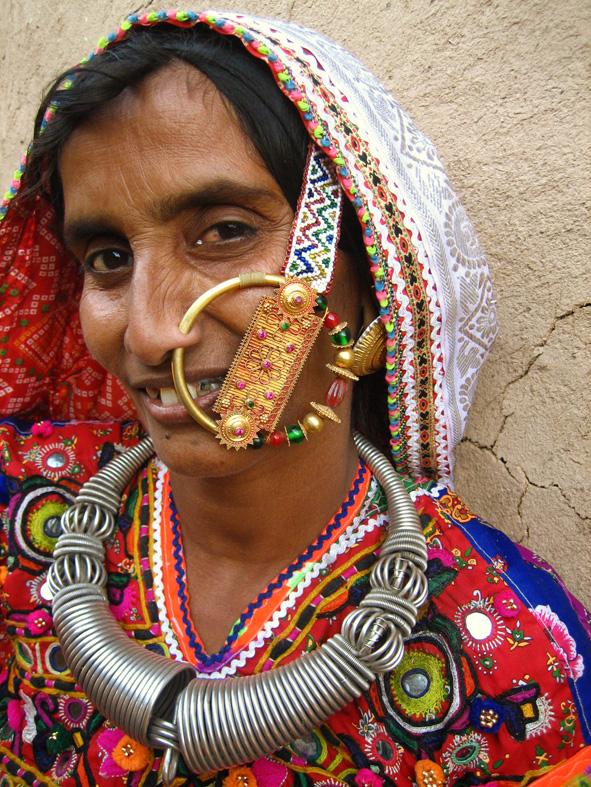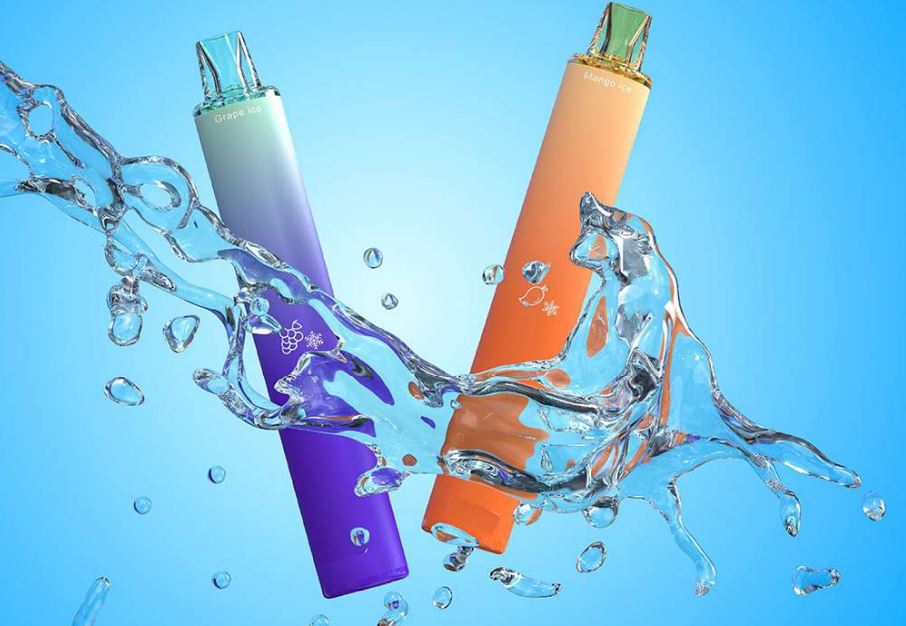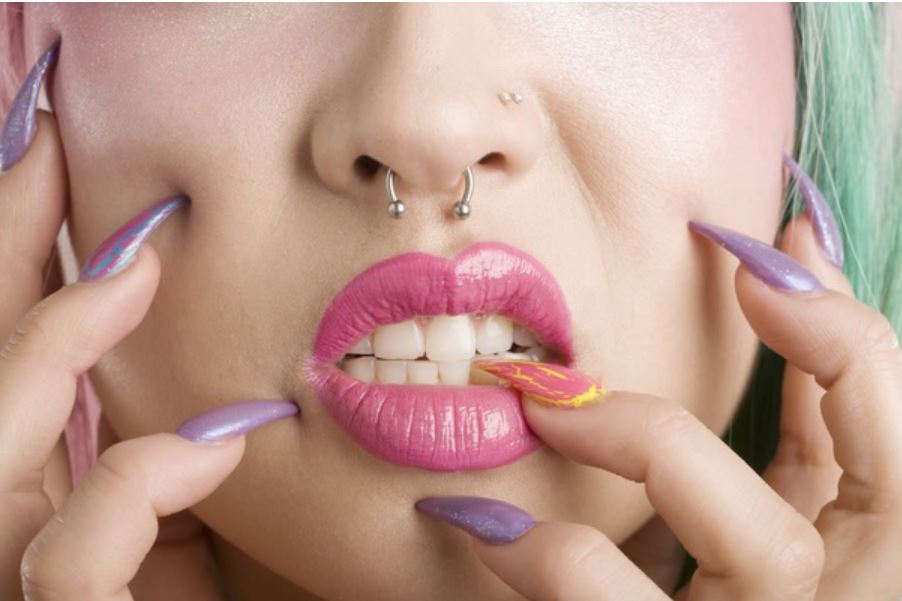Sponsor Ads
Non-China Vape, 510 Cartridges & Battery Device Maker
If you are going for a vape manufacturer out of China we are you best choice. We offer a alternative vape production location with a very competitive price. You can save money by buying directly from us the manufacturer, without any middlemen or extra fees. You can also enjoy discounts for bulk orders and special offers for long term & loyal customers.
We offer small trial orders where you can test the quality and performance of the products before placing a large order. Fast shipping and cheaper shipping cost from Malaysia and Singapore ports. You don't have to wait long to receive your products.
Contact Us!
Contribute for our website Maintenance! We want to keep it free for all visitors.
Trending Best Sellers
Piercing A Nose-Around the World
Trending Best SellersA very ancient traditional piercing a nose says,
"Thou, walking behind me, do admire my languidly swaying walk /do admire those long curly, dark tresses of mine/but keep thy eyes open, on the road/because I seem to have dropped my nose ring somewhere/!"
Yes, the piercing a nose and adorning a ring has been a glinting, gleaming, alluring and bewitching part of Oriental jewelry, the passing glint of which, when seen through a demure veil, was supposedly able to render fascinated young youth completely moonstruck!

Nostril piercing is a body piercing practice for the purpose of wearing jewelry, much like ear piercing, which is most primarily and prominently associated with Indian culture and fashion since classical times, and found commonly in India, Pakistan, Bangladesh, Sri Lanka, Nepal, and throughout South and even Southeast Asia. Nostril piercing is also part of traditional Australian Aboriginal culture and the culture of the Ilocano, a tribe in the Philippines.
With the diffusion, exposure and spread of Indian fashion and culture, piercing a nose has in recent decades become popular in the wider world, as have other forms of body piercing, after punks and subsequent youth cultures in the '80s and '90s adopted this sort of piercing. Today, nostril piercing is popular in the wider world including South America, United States of America, Canada, the Caribbean, Australia, Africa, Japan and Europe, with piercings being performed on either the left or right nostril. For some cultures, this practice is simply for ornament, while for others it is for religious practices. Initially in America, this practice was for subcultures and was seen to be associated with minority youth.
Piercing a Nose History of Other Cultures
Nose piercing spread quickly among Arab and Egyptian cultures. Men took to it because it accentuated their manliness and power.
In fact, there came to be a certain fascination with the size of the stud fastened onto a particularly large nose!
Body piercings of all types became increasingly popular, even spreading throughout all corners of the Roman Empire.
Piercing a nose can be dated through Pre-Columbian and colonial times throughout North and South America. Numerous status ceremonies are carved into the North Temple of the Great Ballcourt at Chichin Itza. One of these processions is a nose piercing ceremony that is depicted on the North Temple vault. Rather than depicting sacrifice, the common theme of the temple's carvings, the central figure is shown aiming what most likely is a bone awl to pierce the figure's nose. The ritual of the nostril piercing signified the elevated status of this figure. His place in society is symbolized by his nose piercing. Similarly, nose piercing signified elevated status in Colonial Highland Maya. The two prominent lords, Ajpop and the Ajpop K'ama, of the K'iche were pierced through the nose at the pinnacle of an elaborate ceremony. Similar to a crowning of a king, the nose piercing was to show their new found leadership of the K'iche.
In Yucatan, explorers Oviedo y Valdes, Herrera y Tordesillas, Diego de Landa, and Jeronimo de Aguilar all noted different nose piercings that they observed in Mayans and other cultures in Yucatan in general. They reported that different stones could have different meaning within each civilization. In addition, they believed the different placement and size and shape of beads could denote the specific society the person came from. The Toltecs were believed to have piercings through the ala of the nose that was ordained with a bead. While the Mayans pierced through the septum and consisted of an oblong bead rather than a spherical.
Contemporary Nose Piercing History

As centuries passed, the culture and rituals of piercing a nose subsided to remain mostly an Eastern practice. And then in the 1960s, teenagers who were fans of the Beatles paid attention when the Fab Four traveled to India and immersed themselves in Eastern meditations and pastimes.
A rebellious subculture of the times -the hippies- picked up on this fascinating, ancient practice. Many who could afford it traveled to India's western coastline, specifically to the Goa region. They loved the look of the pierced nostril worn with a chain to the ear, and they loved the idea as yet one more way to demonstrate their individuality and nonconformity.
Nose piercing has since remained on the social radar of all types of young people, from the hippies of the Seventies, to the Punk rockers of the Eighties, to the Goths of the Nineties all the way through to today. For many it symbolizes their rejection of traditional ideals and values.
And for many others, it has remained a cultural expression, an accentuation of beauty. Throughout the decades there have been those who have been pierced conservatively, displaying small gems and hiding them with invisible posts when out in public but enjoying them in small social circles.
In the 1990s, nose piercings were specifically associated with ethnic minorities. Today, this practice has spread beyond this group in America and worldwide it continues to be used for a myriad of reasons. Despite being widespread, this piercing is still associated with negative connotations. For example, in a survey done in the hospitality industry, 81% of hiring managers stated that piercings and tattoos affect their perception of the candidate negatively.
Comments
What you think?
Recent Articles
-
Riche Niche: Health | Lifestyle | Fashion | Marketing | Technology
Mar 14, 25 09:18 AM
Our Riche Niche blog is the easiest way to stay up-to-date with the latest news, trends and articles published on this site. -
The Therapeutic Potential of Medical Cannabis Vaporization
Aug 05, 24 09:32 PM
The use of medical cannabis has been a subject of much debate and research over the years. With the growing acceptance of cannabis for medical purposes, various methods of administration have been exp… -
Amazon Spring Sale: A Season of Spectacular Savings
Mar 18, 24 08:38 AM
Amazon Spring Sale: A Season of Spectacular Savings -
Understanding Nose Piercing Types: A Guide for Teens
Mar 16, 24 09:19 AM
Explore the rising trend of nose piercings among teenagers, understanding the various types and their cultural implications for a stylish appeal. -
Infected Nose Piercing
Mar 16, 24 09:18 AM
You can expect symptoms of infected nose piercing to resemble any other kind of body piercing infection. -
EMS manufacturing services in Malaysia
Mar 09, 24 10:33 PM
Malaysia is one of the leading countries in Southeast Asia that offers EMS manufacturing services to both local and international clients. -
Laundry Business: The Need for Payment System Upgrades
Mar 08, 24 11:14 AM
Discover the benefits of upgrading your laundry business's payment system. Enhance efficiency, increase profits, and improve customer convenience. -
Nose Peircing Store
Feb 18, 24 02:38 AM
A collection of latest at our nose peircing store. -
How to Choose the Right Coffee Maker for Your Needs
Feb 18, 24 02:12 AM
We'll compare the pros and cons of four common types of coffee makers: drip, French press, espresso, and vacuum. We'll also give you some tips on how to choose the right one based on your preferences… -
Emulate Celebrities with Nose Piercings
Feb 06, 24 08:13 AM
Discover the celebrities with nose piercing and get inspired for your next piercing! From studs to septum rings, our list has it all. Read more! -
Types of Nose Rings
Feb 06, 24 08:11 AM
Types of Nose Rings -
Is my nose piercing ring is sinking in?
Feb 06, 24 08:10 AM
Is my nose piercing ring is sinking in? Or just swollen? -
Dry Herb Vape Pens-Discover the Advantages of Malaysian Made
Feb 04, 24 12:39 PM
Choose our non-China dry herb vape pen for its high production standards, strict quality control, and excellent craftsmanship. -
Trinity Nose Ring A Unique Fashion Statement
Feb 03, 24 08:36 PM
Explore the world of trinity nose rings, a unique piece of jewelry that adds elegance and style to your look. Understand the different types and choose the right one for you. -
Redefining Beauty: The Rise of Nose Piercing Trend in the USA
Feb 02, 24 08:34 AM
Explore the evolution of the nose piercing trend in the USA, from ancient tradition to modern expression of individuality.













